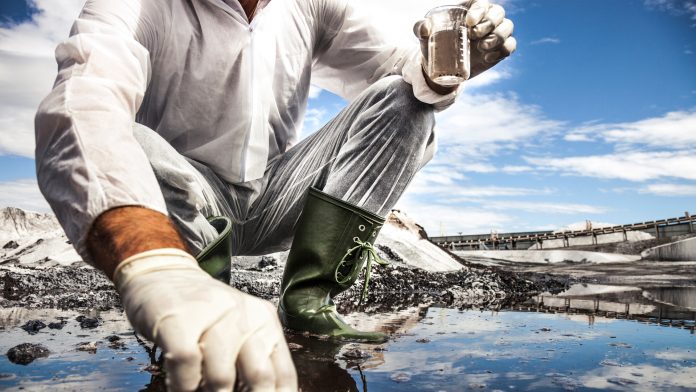Researchers at the University of Stirling have developed Artificial Intelligence (AI) to monitor water quality more effectively.
The novel AI method improves remote monitoring of water bodies, highlighting water quality shifts that have occurred as a result of climate change and pollution.
The researchers have developed an algorithm known as the ‘meta-learning’ technique, which examines data directly from satellite sensors, making it simpler to monitor issues like harmful algal blooms (HABs) and possible toxicity in shellfish and finfish.
Currently, environmental agencies observe the ‘trophic state’ of water – its biological productivity – as an indicator of ecosystem health. Clusters of microscopic algae or phytoplankton can develop into HABs, which acts as an indicator of pollution.
Mortimer Werther, lead author of the study, a PhD Researcher in Biological and Environmental Sciences at Stirling’s Faculty of Natural Sciences, said: “Currently, satellite-mounted sensors, such as the Ocean and Land Instrument (OLCI), measure phytoplankton concentrations using an optical pigment called chlorophyll-a. However, retrieving chlorophyll-a across the diverse nature of global waters is methodologically challenging.
“We have developed a method that bypasses the chlorophyll-a retrieval and enables us to estimate water health status directly from the signal measured at the remote sensor.
“To understand the impact of climate change on freshwater aquatic environments such as lakes, many of which serve as drinking water resources, it is essential that we monitor and assess key environmental indicators, such as trophic status, on a global scale with high spatial and temporal frequency.
“This research, funded by the European Union’s Horizon 2020 programme, is the first demonstration that trophic status of complex inland and nearshore waters can be learnt directly by machine learning algorithms from OLCI reflectance measurements. Our algorithm can produce estimates for all trophic states on imagery acquired by OLCI over global water bodies.
“Our method outperforms a comparable state-of-the-art approach by 5 to 12% on average across the entire spectrum of trophic states, as it also eliminates the need to choose the right algorithm for water observation. It estimates trophic status with over 90% accuracy for highly affected eutrophic and hypereutrophic waters.”









